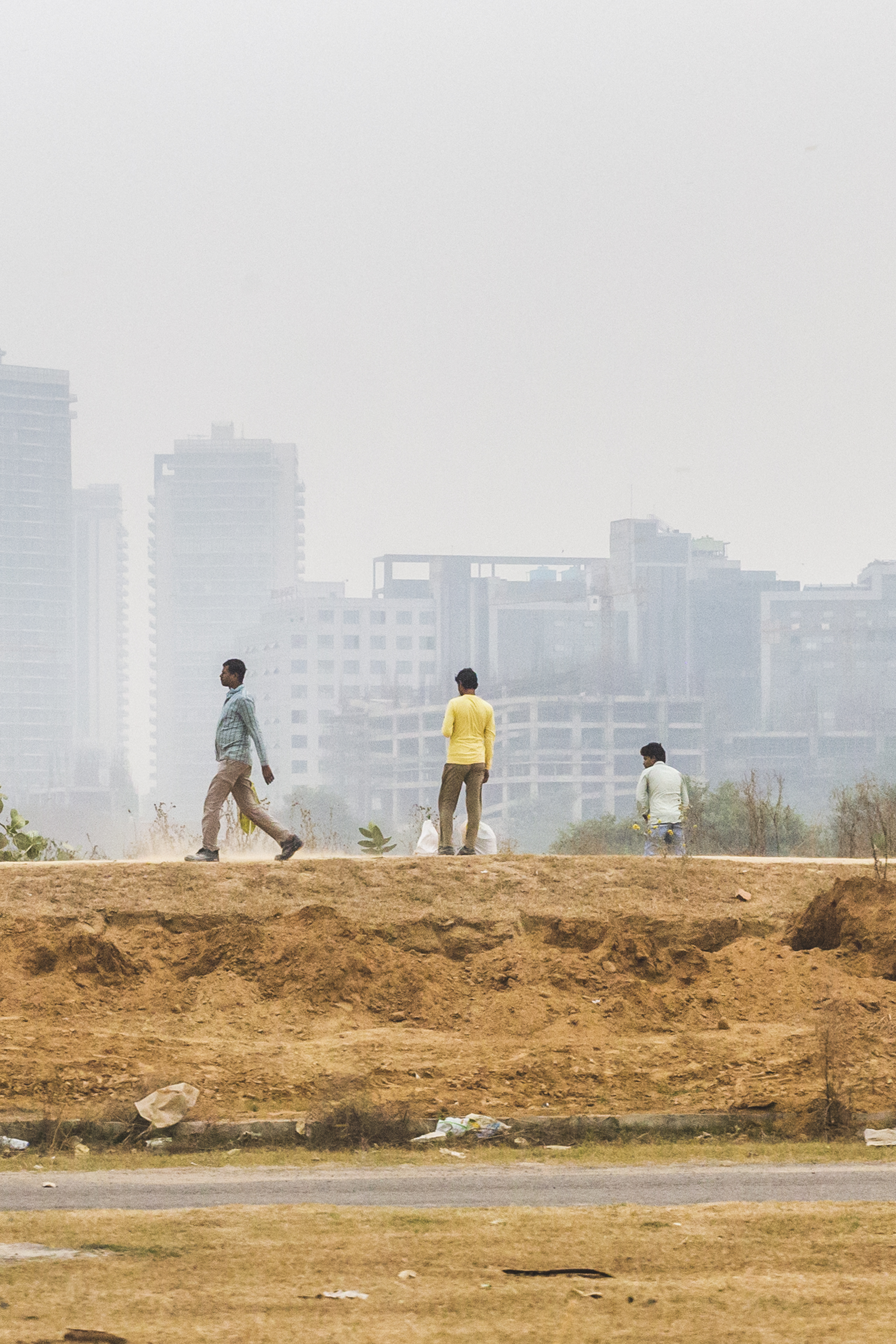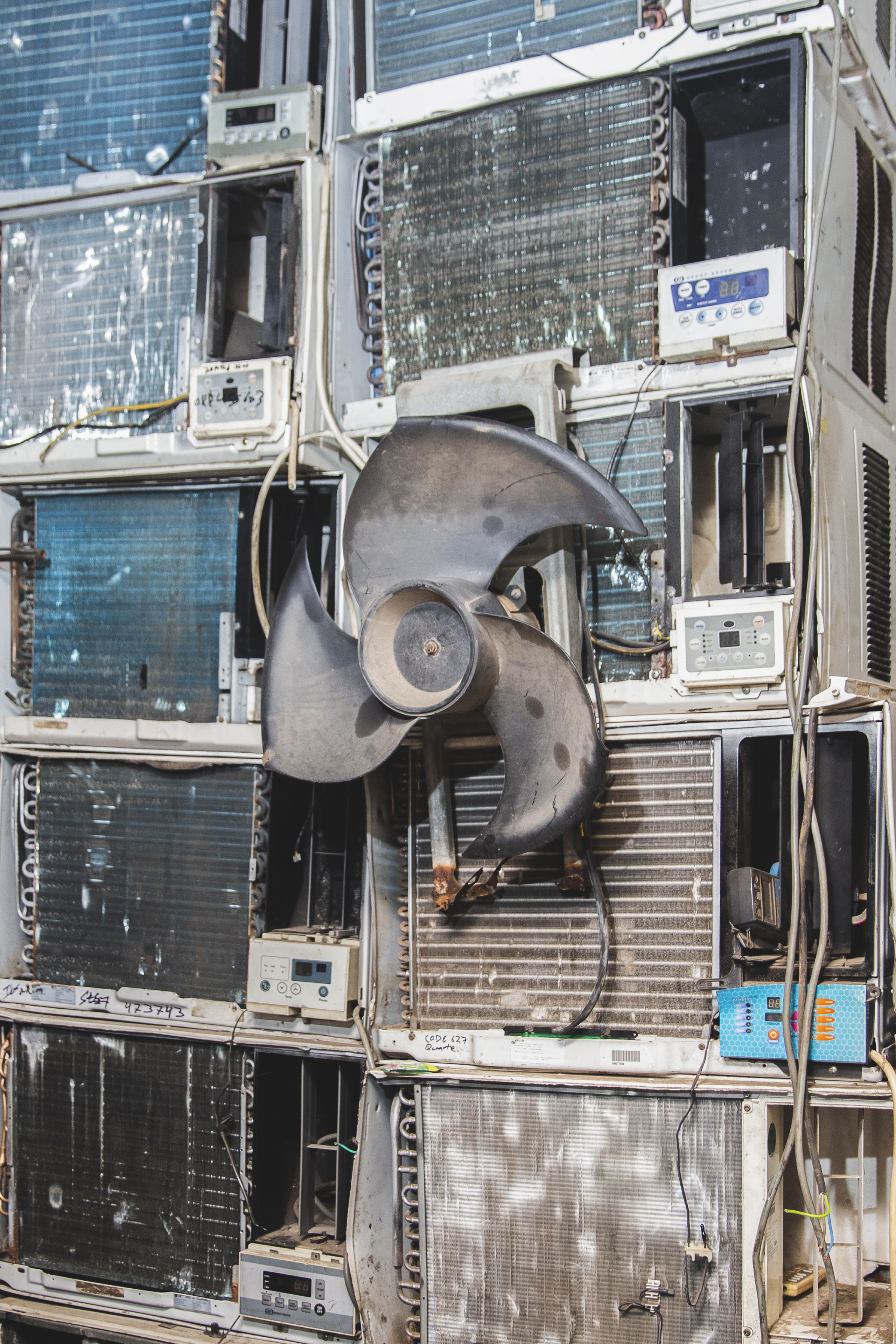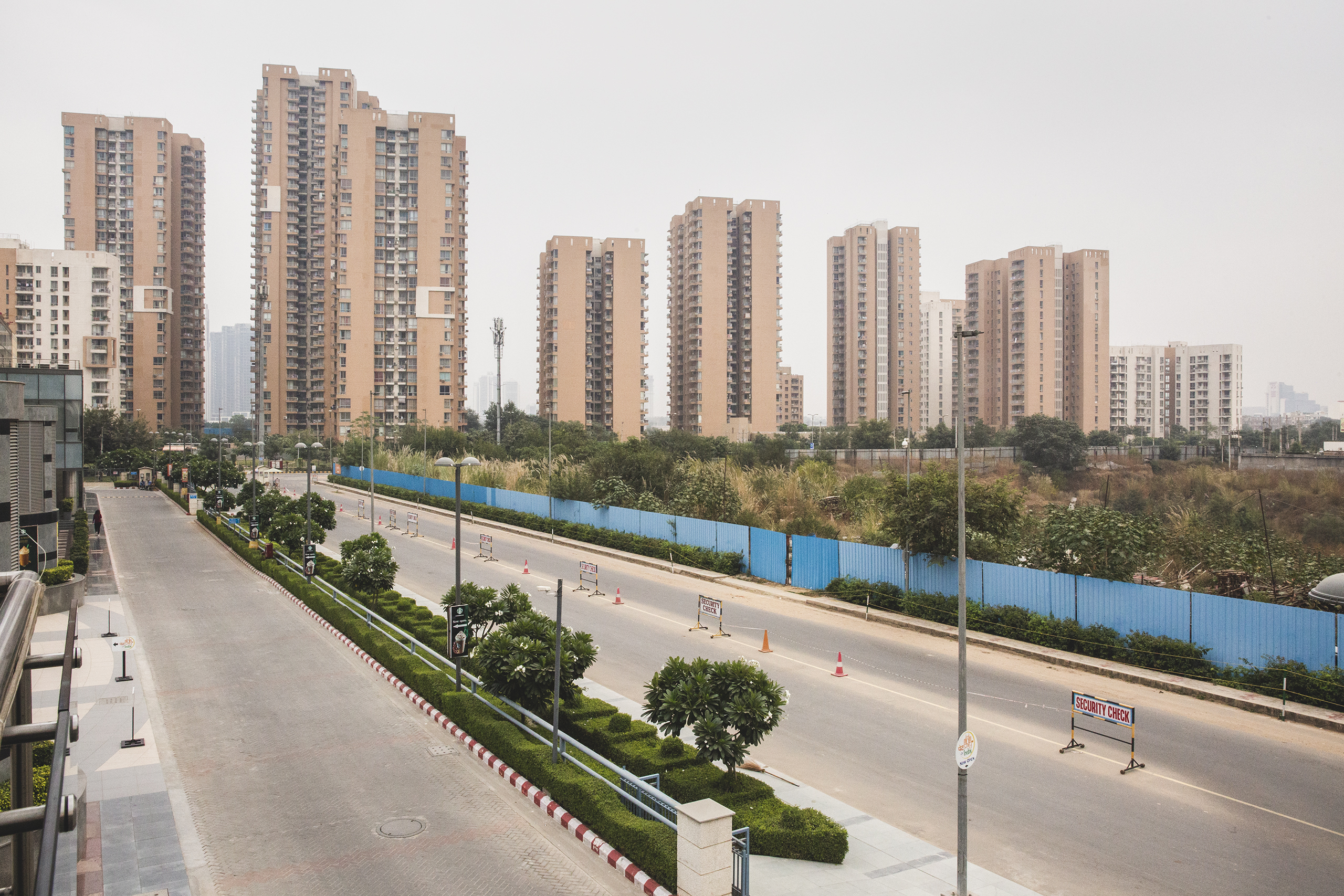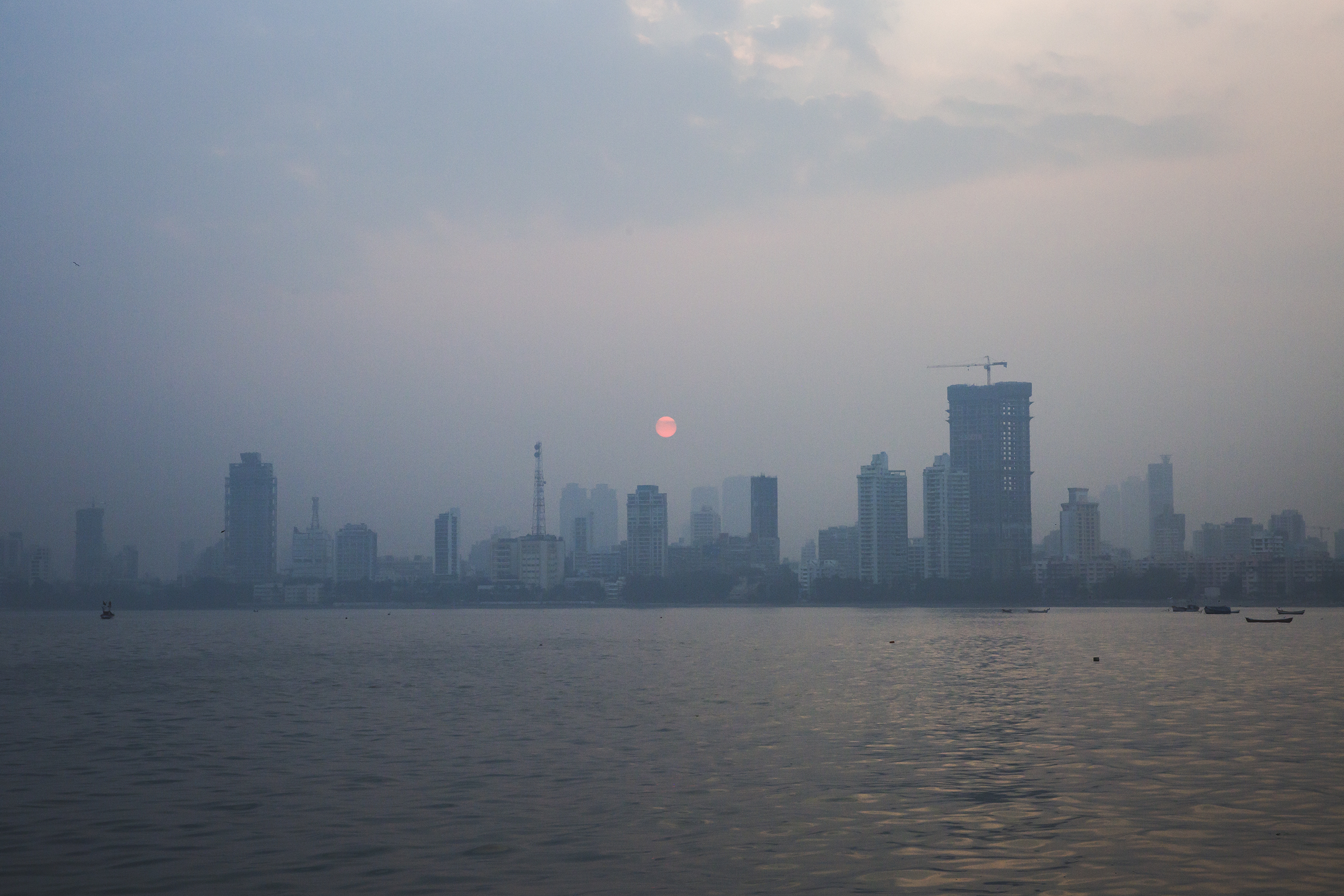
How will AC
affect the
environment
and the
changing
climate?
Environment
Most ACs currently on the market have poor performance metrics, well below what is prescribed by energy performance standards. This means that most people are using ACs that are two to three times less efficient than the best available models because they are cheaper to buy. If space cooling were a country, today it would consume the entire electricity generated in India, which is about 2,000 terawatt-hours. Future projections all point at important increases in the future global electricity demand for cooling, in the order of 7% by 2050 and of 18% in 2100. Since our energy systems are still heavily reliant on fossil fuels, over the next 30 years, the world bears the risk of putting in place 55 additional gigawatts of new fossil fuel-based capacity annually, comparable to around 30 new large gas-fired plants and 10 new large coal-fired plants each year.
AC growth will be responsible for increasing annual emissions by 7 to 17 million tons of CO2 in Europe and by 38 to 160 million tons in India by 2050. Though these emissions are just a small fraction of the global CO2 emissions expected for 2050, the upper end estimated for India comes close to half of the total emissions produced by Italy today, which amount to about 300 million tons. At the global level, between now and 2100, space cooling could account for up to 7% of the global total cumulative greenhouse gas emissions, meaning about 350 billion tons of CO2, which is comparable to ten times the current global annual CO2 emissions from fossil fuels. Another important environmental issue with ACs is the use of refrigerants in the vapor-compression cycle. Following the 1987 Montreal Protocol that successfully phased out CFCs and HCFCs that were depleting the ozone layers of our planet, ACs now use HFC-based refrigerants or fluorinated gasses. F-gasses have unfortunately a high warming potential and do already amount to an estimated 2.5% of the EU’s greenhouse gasses emissions and have been increasing significantly over the last decades.
Increasing AC uptake has been estimated to push air pollution up because the combustion of coal and oil generates nitrogen oxide, carbon monoxide, and sulfur dioxide as a by-product. Francesco Colelli, researcher in energy economics, estimates a peak rise of about 200, 157, and 145 kilotons per year of these gasses respectively in Sub-Saharan Africa, South-East Asia, and the Middle East and North Africa around 2050. A similar amount of nitrogen oxide is emitted today in the Middle East and North Africa from fossil fuel use, while the related carbon monoxide emissions are close to what OECD countries emit today.

75% 21°C
Men walk on a peripheral street of Gurgaon, a fast-expanding technology hub on the outskirts of Delhi, known for having one of the worst air quality indexes on the planet. India, 2019
AC growth will be responsible for an enormous amount of emissions in the next 30 years, from 7 to 17 million tons of CO2 per year in Europe and from 38 to 160 million tons per year in India alone.

63% 30°C
ACs with obsolete technology are stacked in a recycling workshop in the Dharavi slum of Mumbai. India, 2019
CO2 emissions due to AC today and in 2050
In most countries, CO2 emissions from AC already account for approximately 1/4 of emissions from residential electricity.
- Today
- 2050
USA
- 25%
- +4%
Japan
- 24%
- +3%
India
- 23%
- +11%
Spain
- 23%
- +1%
China
- 23%
- +5%
Brazil
- 23%
- +7%
Mexico
- 22%
- +7%
Australia
- 21%
- +2%
France
- 20%
- +1%
Argentina
- 19%
- +4%
Pakistan
- 17%
- +13%
Italy
- 11%
- +4%
Indonesia
- 10%
- +20%
Canada
- 8%
- +3%
Netherlands
- 3%
- +1%

86% 20°C
A closed road with recent buildings in Gurgaon, a fast-expanding technology hub on the outskirts of Delhi. India, 2019

80% 25°C
A family sits in a first class air-conditioned car on a train that goes from Tegal to Yogyakarta, Java. Indonesia, 2022

34% 28°C
Visitors gather for an informational video in an air-conditioned room of the Nehru Planetarium in Delhi. India, 2019

80% 27°C
The Mahim neighborhood skyline in Mumbai, as seen from the fishing village of Worli. India, 2019
